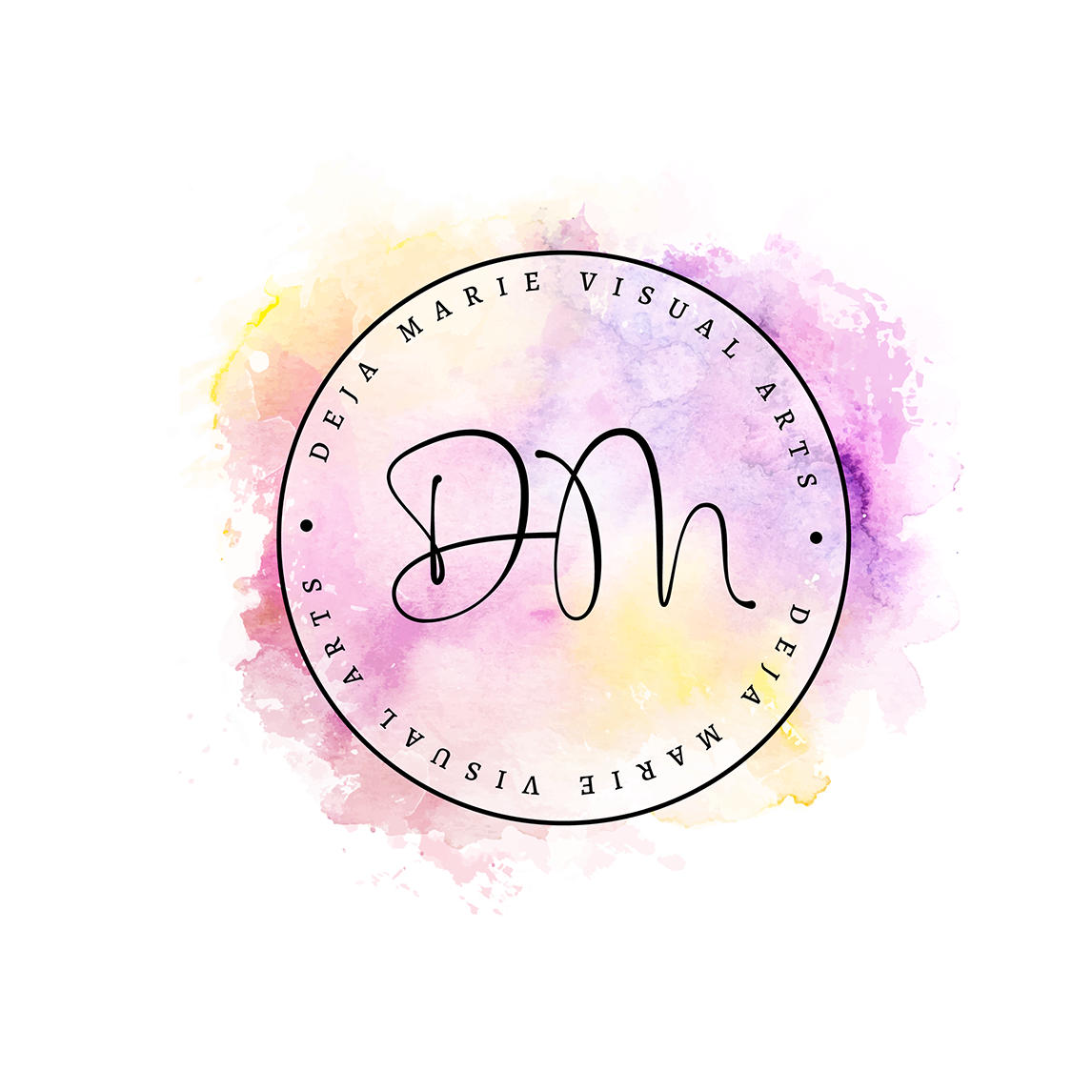Loving Degradation
The imagery here depicts a vulnerable looking Black woman being grabbed at from every which way having her identity stripped from her. You can see the hands each grab at different parts of her body that she has been shamed for having. However, these different aspects of her cultural identity are taken and shown in a different light.
Oil, Acrylic & Gold Leaf on 30″x40″ canvas
2017
American society has had their own specific standard of beauty which hasn’t too often
welcomed Black women with open arms. Since the time of coming to America, Black women have been degraded because of their natural features from body shape to hair. During the time of slavery, they were even told to cover their hair and hide their natural styles such as braids, afros, & locs. America’s ideal of beauty seemed to have been having light or pale skin, colored eyes and long straight hair. E.g., (https://www.youtube.com/watch?v=8qw_Sx3-Wws) As time has continued there’s unfortunately been a double standard that Black women have had to face because of cultural appropriation.
The idea of this piece was to challenge this double standard. Cultural appropriation is the taking of intellectual property, traditional knowledge,
cultural expressions, or artifacts from someone else’s culture without permission. This can include unauthorized use of another culture’s dance, dress, music, language, folklore, cuisine, traditional medicine, religious symbols, etc. (https://dictionary.cambridge.org/us/dictionary/english/cultural-appropriation) Many Caucasian women have been partaking in this tradition of using Black culture and haven’t seen the issue that stems from it. Many have taken the idea of having darker skin by getting a tan, but throughout history (and today) dark skinned Black women have been talked down upon.
Many have taken inspiration from the different hair styles of Black women and
turned it into something “urban”, “edgy” and “trendy”. For e.g., Kim Kardashian has embraced wearing cornrows but the name then suddenly changed to “boxer braids”. There have been cases of Caucasian celebrities doing a photoshoot in cornrows, afros and exaggerated dark skin, but if a Black woman were to take the exact same picture it would be questioned whether it’s “ghetto” or not. E.g., (https://www.youtube.com/watch?v=O1KJRRSB_XA) The natural hairstyles that are apart of Black culture are seen as “inappropriate”. This has become a more major issue today as the “natural hair community” grows. There have been suspensions and complaints by teachers about Black girls’/boys natural hairstyles being “unkempt” or “distracting” for the classroom setting. E.g., (https://www.youtube.com/watch?v=JQF0zTnHfVQ) (https://www.youtube.com/watch?v=tjRLSKo-mSE) Since cultural appropriation is happening to a multitude of cultures and not just the Black community it certainly should be addressed.
My main concern with toggling this issue and creating this body of work was offending people, which I in no way intend to do. When it comes to topics such as race, many people feel uncomfortable and would rather not discuss the issues. However, when it comes to art, I feel as though it should make you feel uncomfortable. When you go into a gallery you’re entering a world of diversity and different life experiences. The idea with art is to challenge societal norms with imagery and see how well of a statement you can make with this universal language.
I do feel this is a rather sensitive topic that can easily be misunderstood ,but I would like to challenge my viewers to be open minded and discuss these different topics respectfully.
